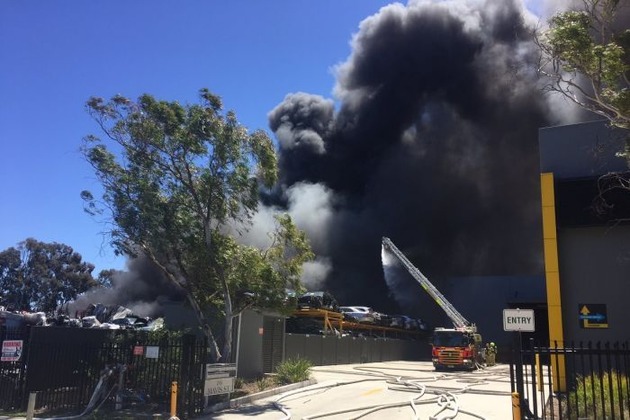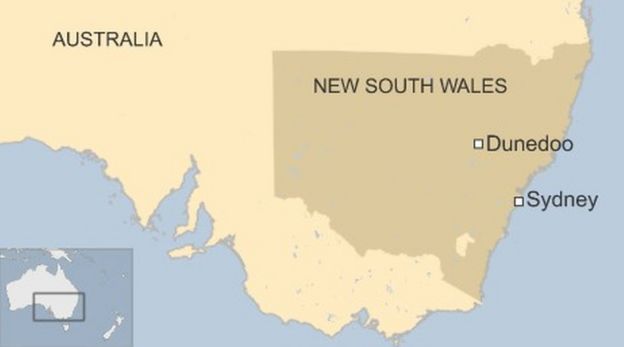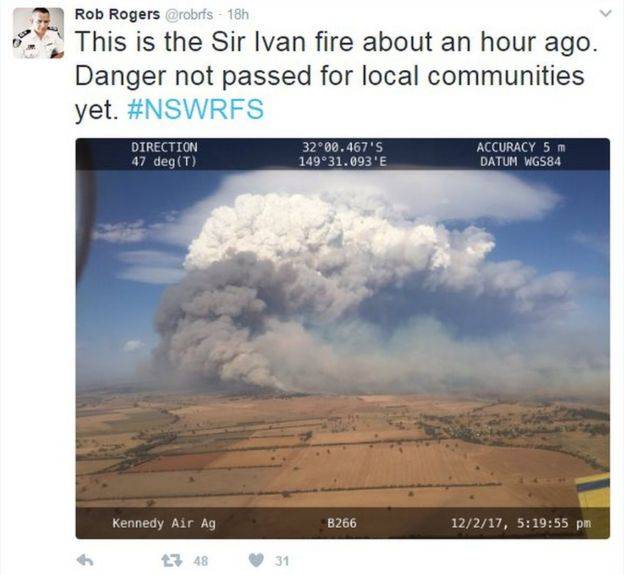Diuretic
Permanently confused
There's a bushfire in eastern Victoria (it's a state in the south-eastern bit of the Australian mainland). I was listening to a radio interview with the bloke who runs the local pub in a small town which lost five or six houses in the bushfire. He was saying that his pub was in a very safe area and that it was a shelter for the townsfolk who had evacuated their homes for the safety of the pub.
The journalist interviewing the publican asked him a few questions and then joked that he was running an informal rescue centre. The publican then told him that it wasn't just humans in there. He had about seven wild kangaroos and wombats in the lounge of the pub, sheltering from the heat and the bushfire!
I've been in a pub (place called Silverton, in western New South Wales) and had a beer alongside a horse (no rider, just the horse who used to come in every afternoon for a bucket of beer) but I've never had a beer in a pub with wild roos and wombats. The bloke should invite them back after the fires, think of the tourism possibilities
But good for him, looking after the poor little buggers.
The journalist interviewing the publican asked him a few questions and then joked that he was running an informal rescue centre. The publican then told him that it wasn't just humans in there. He had about seven wild kangaroos and wombats in the lounge of the pub, sheltering from the heat and the bushfire!
I've been in a pub (place called Silverton, in western New South Wales) and had a beer alongside a horse (no rider, just the horse who used to come in every afternoon for a bucket of beer) but I've never had a beer in a pub with wild roos and wombats. The bloke should invite them back after the fires, think of the tourism possibilities
But good for him, looking after the poor little buggers.

 ) and sometimes there's too much slang.
) and sometimes there's too much slang. 




